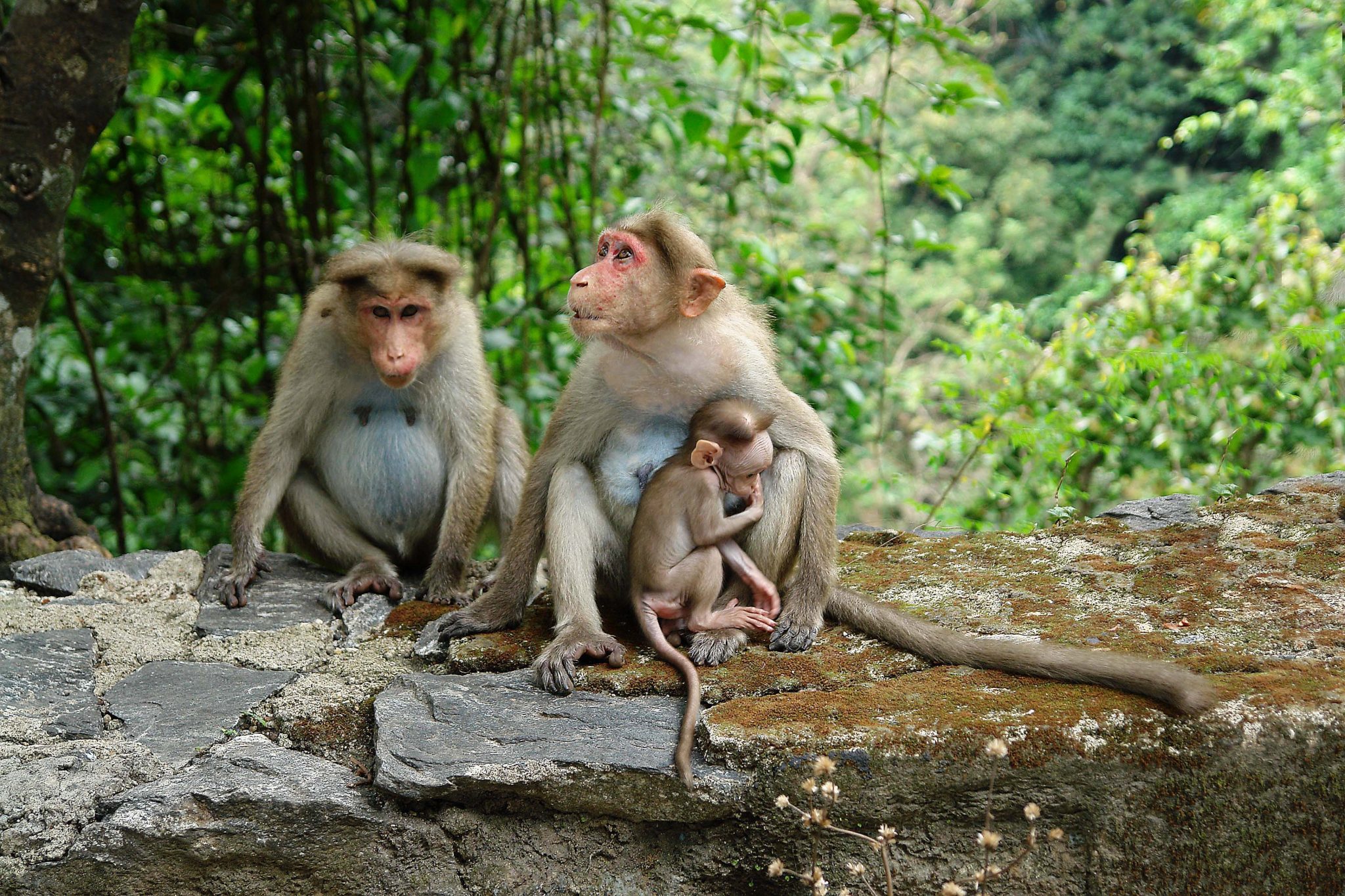
| Principal Investigator: | Dr Brandon Wheeler |
|---|---|
| Project dates: | 2014 and ongoing |
| Collaborators: | Charles Janson (University of Montana) |
Project
Classic ecological models of social groups suggest that increasing group size leads to a decrease in both individual predation risk and net food intake, with optimal group size being a compromise between these benefits and costs. Among rainforest primates, the main anti-predator benefits of sociality are thought to result from the dilution effect and collective detection of predators. However, recent research suggests that vegetation density in rainforest habitats limits the benefits of collective detection against ambush predators such as raptors, felids, and snakes. Further, while larger groups are thought to be more likely to encounter predators due to their increased conspicuousness, it is widely assumed that the benefits of dilution will outweigh this cost.

Here we take a modeling approach to determine if, in cases in which increases in group size lead to increases in group spread, conspicuousness, and daily travel distance (conditions that appear to hold for many primate groups), per-individual rates of encounters with predators and successful ambush attacks per encounter might increase with group size. Preliminary results support the widely held contention that predation risk is higher for solitary individuals than individuals in a group, but do not support the idea that increasing group size invariably leads to a decrease in individual predation risk. Instead, individual risk against ambush predators that employ a sit-and-wait strategy to search for prey, such as many snakes and some raptors, is lowest in small to medium-sized groups. In contrast, individuals in relatively large groups are favored against ambush predators like felids that employ a cruising strategy to search for prey, although even in this case increasing group size above some threshold increases individual risk. These results suggest that maximum group size among primates can be limited not only by feeding competition, but also by predation risk.

